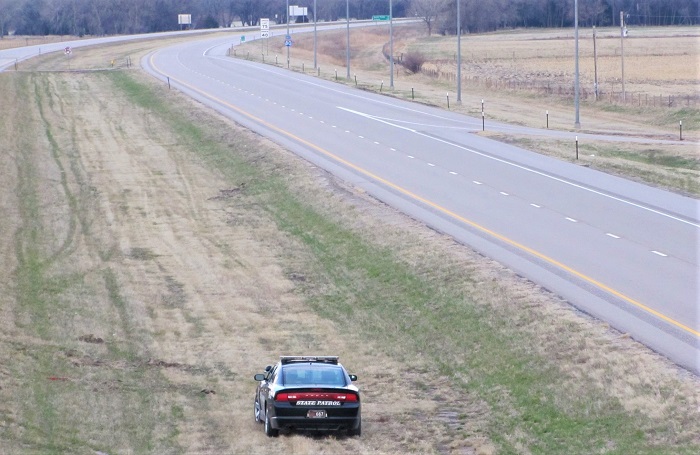It is not something that most people ever think about, but significant financial recessions such as the one in 2008-10 have a massive effect on reducing the number of road deaths around the world.

As soon as it is mentioned, the reason for this becomes instantly clear: The amount of traffic on the roads reduces due to people losing their jobs and less business being done. And this is certainly happening now in the Corona Virus / Covid-19 crisis, a situation that has been exaggerated by the “stay at home” regulations in certain cities and areas.
Sadly, during the last recession various official bodies in the USA tried to claim they’d played a big part in the reductions in road deaths but this was unjustified boastfulness and seriously inaccurate, as illustrated by the dramatic re-increase in deaths once the recession ended.
This time, however, there are some unusual factors which, to some extent, are likely to counteract the road safety gains.

So far, there are anecdotal reports of:
- Speeding on city streets that are now uncannily free of traffic. Naturally, this creates additional dangers for any cyclists and pedestrians who might be in the vicinity, especially when it is dark. Examples of this are New York City, and Los Angeles.
- Running red lights, with the excuse that “there’s no other traffic to wait for.” But like it or not, it is very possible that one of the speeders we have just mentioned is indeed coming the other way and is going quickly to make it through their green light! And again there is danger to vulnerable road users [VRU] who have seen the lights and believe it is safe to do whatever they are justifiably planning to do.
There is, however, an additional danger that is flying completely below the radar here in the USA, namely the temporarily extended hours of service [HOS] which dictate how many hours per day and per week someone may drive large vehicles such as semi-tractor-trailers.

“Wait!” I hear you shout. “That’s justified because it is being done to facilitate the movement of emergency supplies to hospitals, plus fuel, groceries to the stores, etc., to help the fight against the coronavirus.”
So what’s the problem?
The “problem,” to put it bluntly, is the fact that truck drivers in the USA already drive far more hours per day and per working-week than truckers in other developed countries are allowed to do. And it is easy to argue that drowsy driving by American truckers is likely to be a significant factor in the ~4,600 deaths in the USA each year that involve large trucks.
Normal permitted drivers’ hours in other developed nations are significantly lower than here in the USA, and importantly, so are their road death rates. (See section 1.9 at this link.)
To keep it in perspective, at present all 28 countries in Europe have also enacted an emergency increase in daily and weekly hours of service for truckers for exactly the same reason — Covid-19.
But here’s the point: The extended driving time that all of those countries consider to be an emergency necessity, balancing the dangers of drowsy driving against the need for critical medical supplies, are effectively the same hours that American truck drivers are permitted to use normally, outside the crisis!
Additional road deaths due to the extended hours of service during the Corvid-19 pandemic undoubtedly have been calculated by the USDOT, FHWA et al, but the long-term question has to be the reduced safety and inevitable ‘extra’ deaths which come from the excessively long hours of service in the USA during normal times.
____________
